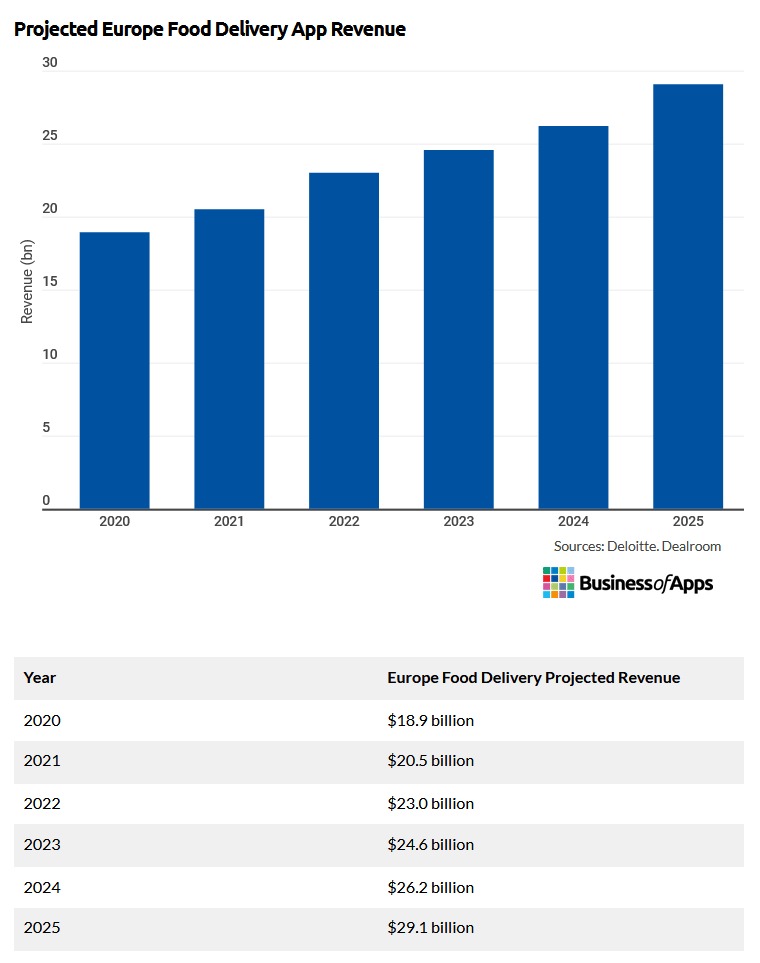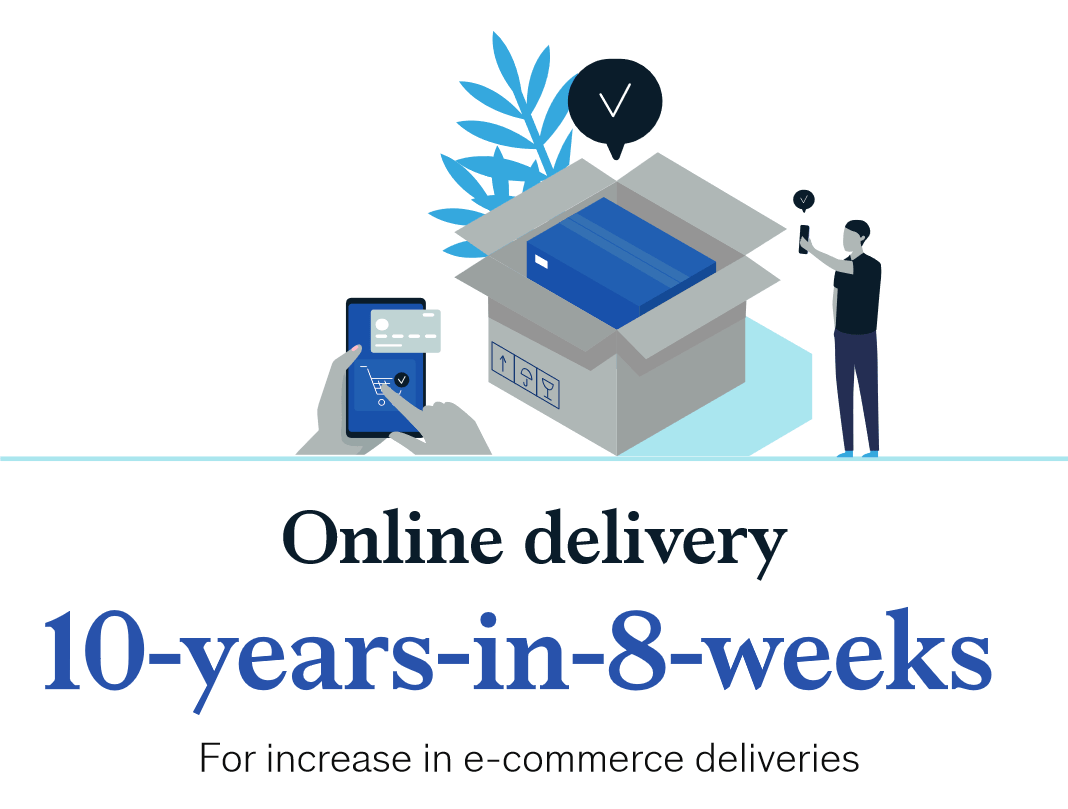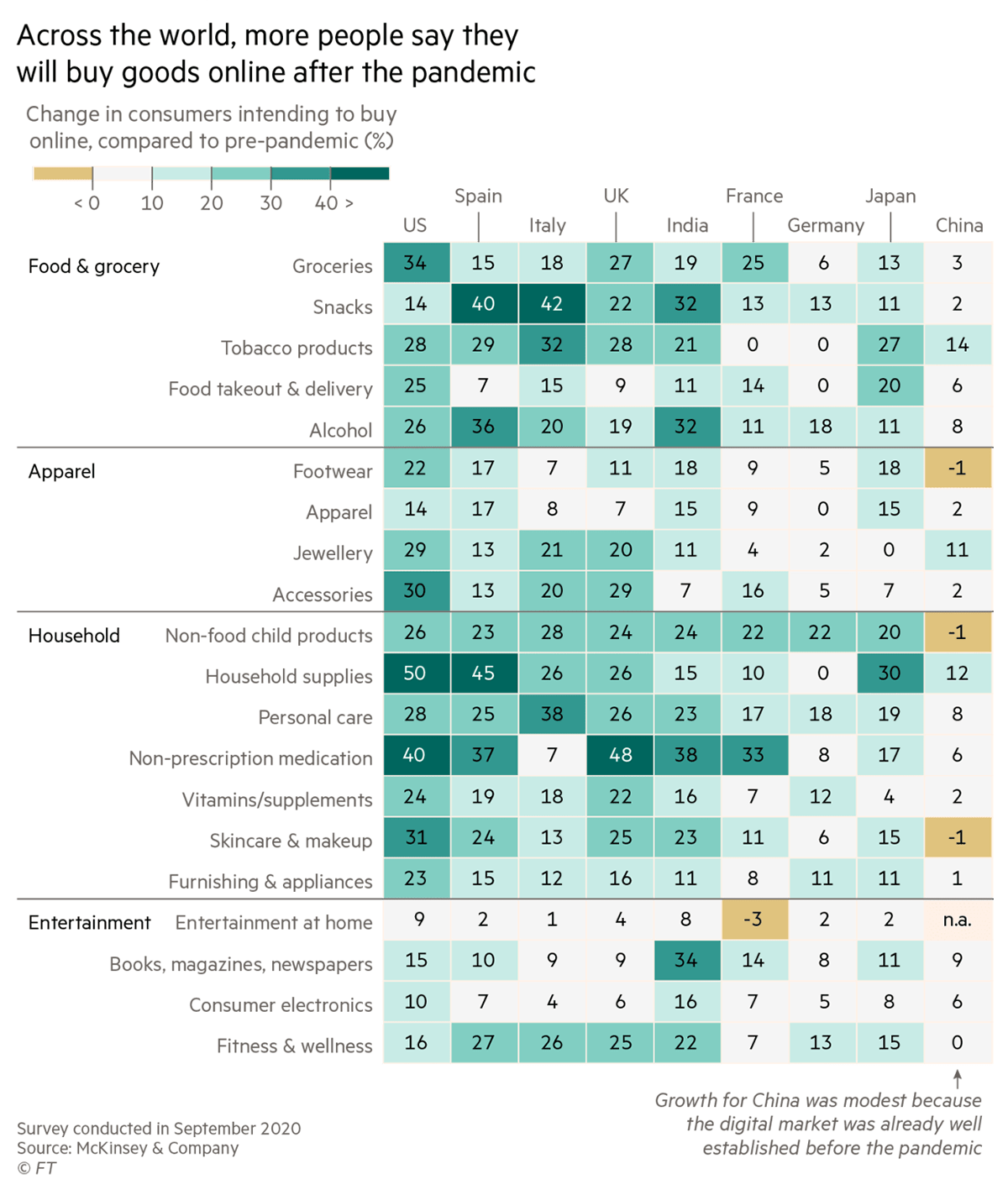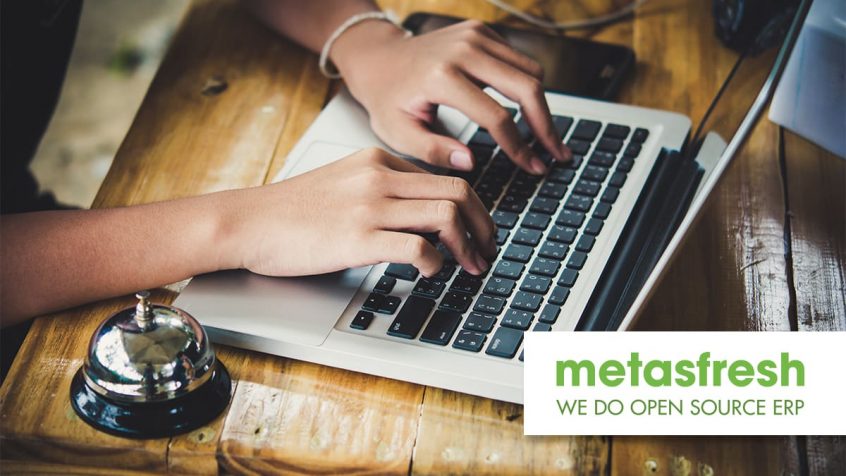Share this Post
Instant gratification is in high demand. Need a cab? Fire up your app and an Uber will be with you in 5 minutes. Run out of groceries? Fill your shopping cart online and the goods will be at your door this afternoon. Pizza? One click, and it’s in the oven. Movie? Plumber? Electrician? Hairdresser? More and more goods and services are just a thumb tap away — or you could just ask Alexa.
This is the on-demand economy — put simply, a business model whereby companies fulfil consumer demand via the immediate (or near-immediate) provisioning of goods and services.
Typically, a mobile app acts as the mediator between a customer and a business — though websites can fulfil this role, or voice-powered assistants. Rather than calling, messaging, or visiting a store in-person, the customer simply opens an on-demand app, places his/her order, and the goods or a service provider will be on their way.
It is the ultimate in convenience — simplifying the process of obtaining goods and services to just a few clicks.
The Rise of the On-Demand Economy
The on-demand economy is not a new trend. Uber, for example, launched its ride-hailing service way back in 2009, following up with Uber Eats — the company’s online food ordering and delivery arm — in 2014.
The popularity of on-demand services in general is growing and received something of a boost during the COVID-19 pandemic — particularly for on-demand food delivery, as millions of people in lockdown began ordering food and groceries online for the first time. Companies like Uber Eats, DoorDash and Deliveroo all reported massive acceleration in orders last year.
While this surge in demand may wane somewhat as lockdown restrictions ease, consumer behaviours have been changed — and so the overall effect will likely be lasting.
Across Europe, the number of food delivery app users alone more than doubled between 2015 and 2020 — from 65 million to 150 million — and app revenue nearly tripled, from $6.6 billion to $18.9 billion. Looking forward, Business of Apps forecasts that this figure will rise to $29.1 billion in 2025.

Europe Food Delivery Projected Revenue. —Source: businessofapps.com
And it’s not just food delivery. The pandemic has accelerated digital adoption of online ordering for all manner of goods. As McKinsey noted in a report on consumer behaviour last year, online delivery travelled about 10 years in 8 weeks throughout the first lockdowns.

Online Delivery Trend Acceleration. —Source: mckinsey.com
And it seems these new online shoppers are here to stay. As revealed by figures cited in the Financial Times, across the globe, more people say they will buy goods online after the pandemic — many of which will be facilitated via on-demand service apps.

Change in consumers intending to buy online, compared to pre-pandemic. —Source: ft.com
Why Retailers Need to Digitise
Following such dramatic shifts in consumer behaviour, retailers will need to work harder than ever pushing forward their digital transformation initiatives in order to remain relevant and meet evolving customer expectations.
While larger brands, digital-first and omnichannel players with pre-existing ecommerce capabilities have been able to pivot and ramp up their on-demand provisioning with relative ease, smaller stores and traditional retailers that have historically prioritised in-store engagement will naturally find it much more challenging to meet the demand for rapid delivery and quick commerce.
It is a challenge that must be overcome, however. As customers increase their reliance on on-demand services, they become less likely to shop in-store. The online ordering and delivery experience has to come up to standard.
The biggest challenge, undoubtedly, comes from the expectation that items should be delivered in minutes rather than days. As such, for traditional retailers to survive, they must become agile. They must digitise and find new ways to adapt and scale.
One clear-cut advantage that smaller, local retailers have over larger digital-first ecommerce players, however, is proximity. Whereas the big brands store their products in warehouses often miles away from customers, local businesses are, indeed, just that — local. This means that, with the right on-demand setup in place, these retailers can start reconnecting with customers they may have lost in recent months, win over new ones, and keep selling even to those who may still be nervous about physical retail — all without being hampered by any future lockdowns that may occur.
Retailers must be quick to act, however — for it won’t be long before ecommerce giants find ways to move into the high street to get inventory closer to consumers. Amazon, for instance, introduced its Counter pick-up service in 2019, allowing customers to collect products bought online at local business outlets. More recently, it announced plans to open 1,000 small delivery hubs in cities and suburbs across the US — and there’s nothing to stop similar moves in other territories as well. The on-demand race is on — keeping pace may be the only way to future-proof your business.
How You Can Deliver an On-Demand Service — And Why ERP Is Essential
To deliver an on-demand service, you need the right tools for the job. Most important to your customers is accessibility, since the very purpose of on-demand is to immediately satisfy their desires.
On the consumer-facing side, you will need an ecommerce platform and, to be as on-demand as possible, most likely a mobile application that customers can use to place their orders. You will also need the means to facilitate deliveries. Here, your options are either investing in your own fleet of vehicles, or partnering with a delivery company.
Either way, at the heart of your on-demand digitisation efforts will be a modern, powerful enterprise resource management (ERP) system like metasfresh. metasfresh ERP is a business management tool — a system that serves as a centralised single source of truth for all business data. This includes inventory information, pricing information, transactional data, product data, category data, and order data (fulfilment, status, refunds, etc.).
It is your ERP system that will connect your physical and online businesses together — across finance, accounting, sales, marketing, fulfilment, shipping, and all other operations — and connect you to suppliers, partners, and customers. Put simply, metasfresh ERP is your control centre — from where you ensure inventory levels reflect online product availability, from where you ensure comprehensive product and pricing data are available to online customers at all times, from where you track orders, monitor sales, and facilitate the self-service capabilities that the on-demand economy requires.
Indeed, moving into the on-demand space is almost impossible without an ERP like metasfresh — a system that keeps constant track of everything that’s going on within your business, facilitates instant communications between employees, customers, suppliers, and business partners, and connects all departments together with the same, dependable, up-to-the-minute information.
As online shopping with its efficient and effortless purchasing options continues to gnaw away at traditional retail, retailers must start leveraging their unique position close to customers, get online, and start delivering on-demand — for it won’t be long before the likes of Amazon muscle their way in as the race to fulfil the growing expectation for convenient, instantaneous deliveries gathers pace.
Talk to us here at metasfresh. metasfresh is a member of the Ecommerce and Cross-Channel Club Cologne (ECC Club Köln), which is managed by the Institute for Retail Research Cologne (Institut für Handelsforschung, IFH Köln). The Institute offers individual research projects with strategic consulting. It specialises in the areas of inter-company comparisons as a controlling instrument, enabling retail companies to recognise market developments, measure changes in customer behaviour, optimise sales and set the course for a successful future. The insights and knowledge provided by the Institute through market research and studies relating to cross-channel and online retail are incorporated in the development of metasfresh, meaning all of our users are always up to date on the latest ecommerce developments.
At metasfresh, our mission is to enable each and every company to access a powerful ERP system that supports digital transformation and fuels corporate growth. Get in touch today for more information and insights.
Share this Post



